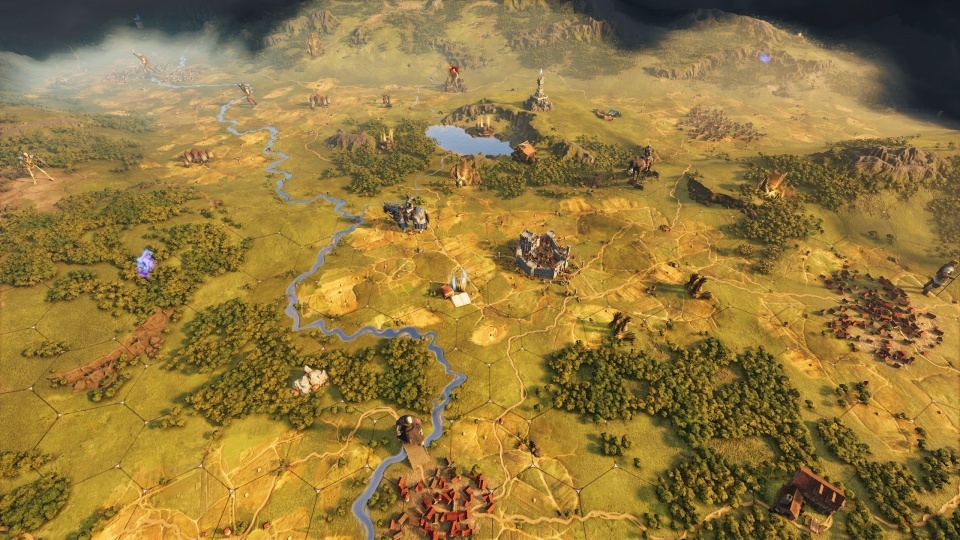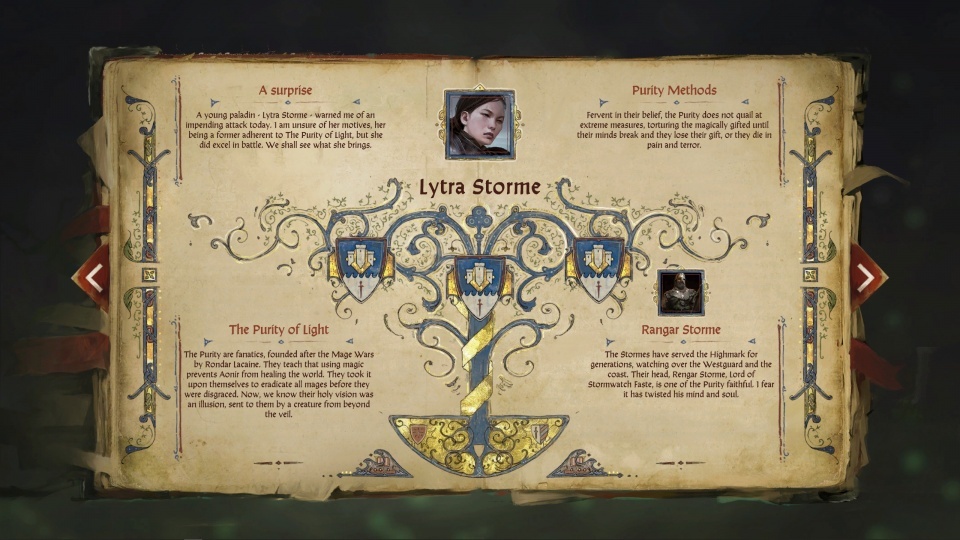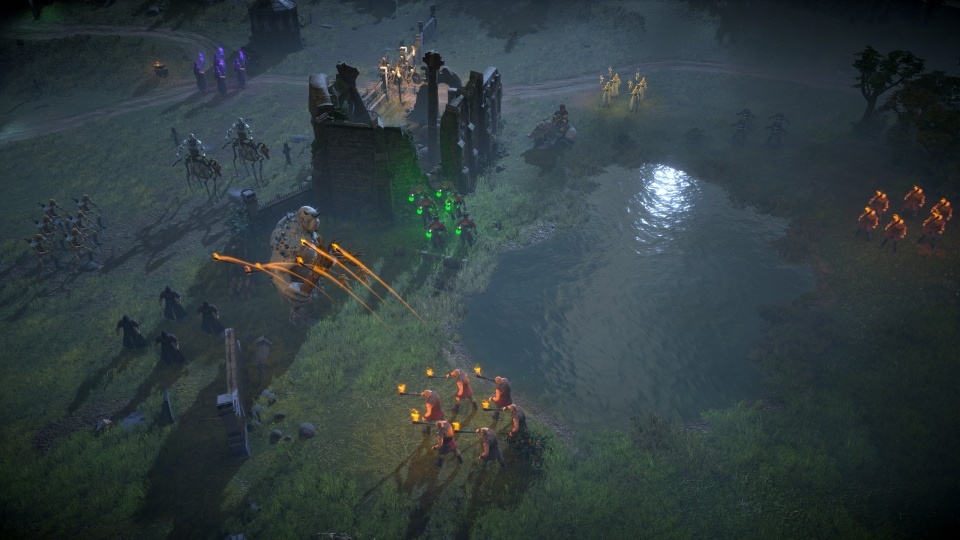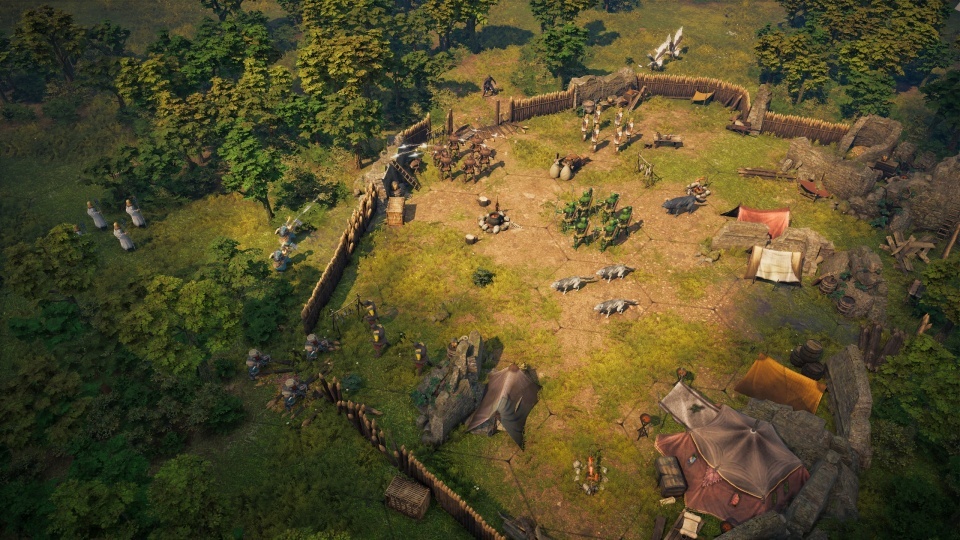Spellforce Conquest of EO Preview – p.1
teasers
A game called “Spellforce” but has no real-time elements. A subtitle called “Conquest of EO” although there is no realm to conquer. Why Jörg Langer is still looking forward to the mix of Heroes and Master of Magic.
 |
 |
| The gorgeous world map is “handmade” rather than procedural, though adventures are redistributed at game start. |
Demonstration by the head magician
So, we play a magician who acts against other magicians, those from the circle. At the beginning of a game we decide on two of six schools of magic that we master (we may learn more later): Mentalist, Earth Master, Guardian, Death, Nature and Arcanist. We combine that with one of three professions: The roundsmith makes … you guessed it, with which he upgrades fighters – although I have no idea what such a “Copper Rune of the Herbalist” does and whether I need it for my morning commute. The alchemist brews potions and crafts bombs, things that we actively use in battle. And the necromancer, also guessing correctly, summons and uses them as armies.
 |
| The magic book also lists the heroes that are “explored” so to speak. More specifically: We reveal parts of their background story – and thus probably abilities – by letting the heroes achieve things, such as x fights won. |
Control radius instead of true spread
Then the game starts, we sit in our magic tower controlling a small radius of the surrounding area. There we can collect resources or control mines and other regular resource production sites. We don’t appear in the game ourselves, but are the usual commander, uh, tower lord in the background. As the game progresses, the radius around our tower will increase, but eventually everything will be grazed. Then you will probably move on to a new, self-selected point on the map, where it starts all over again with the tower and its radius. Incidentally, the same tower can be outfitted with all sorts of rooms that enable us to carry out further research or increase defense. As with everything else in Master of Magic, we also determine how much of our, well, arcane Might is put into research, into our abilities (“Mastery”) or into mana points. On top of that, there’s a smart magic book that we’ll fill with the spells we’ve researched or, I guess, gotten in some other way over the course of the game.
 |
| In addition to “normal” squads, there are fantastic, monster-like, undead or summoned ones. But only five per army! |
On to the battle
But who’s going to lead our squads when the protagonist is a tower couch potato himself? The heroes we recruit and unlock that haven’t been seen in combat yet, but may be. I saw a fight that reminded me a lot of Fantasy General 2, although I wish there were more than the five units mentioned. But Jan remains firm: “We don’t want mass battles, it’s more important for us to solve tactical problems, such as eliminating barricaded archers or getting over a bridge that is defended.”
Each combat unit has three actions per turn or fewer if it moves beforehand. Some skills also consume two or three actions. There are also city maps with stockades that you have to attack or defend – but not sieges in the sense that you surround the city on the world map and try to starve it out. You can’t cast magic into combat (like Master of Magic does), but you can cast support magic before combat.
 |
| Example of a combat map where the defenders have a palisade as a protective wall. |
Reference-www.gamersglobal.de